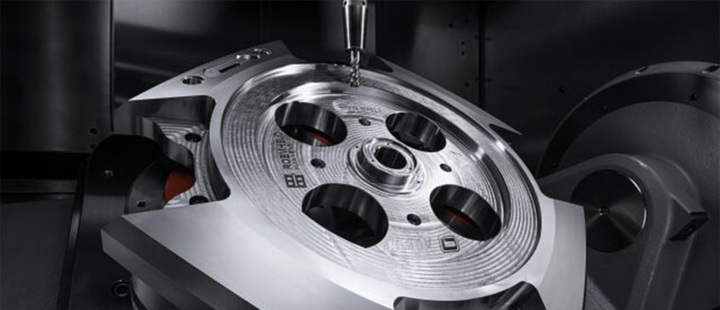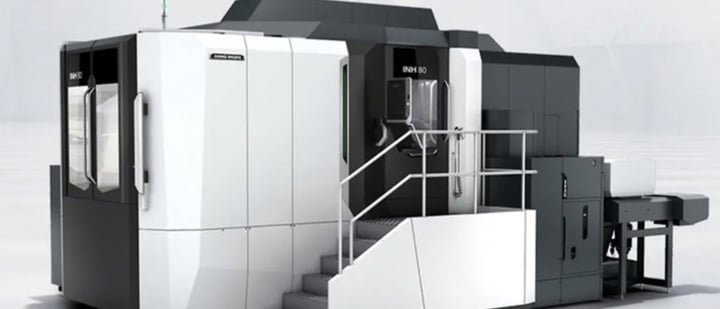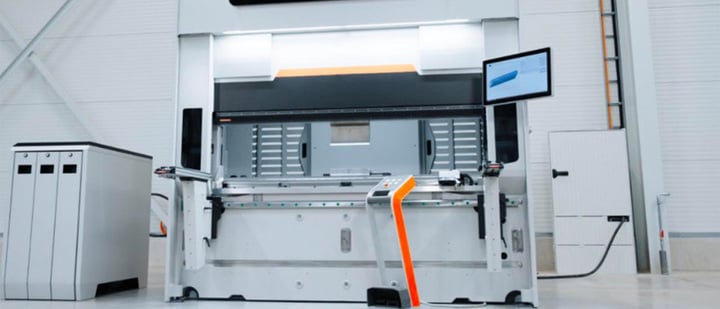Thanks to the simplicity of its design, use and maintenance, its robustness and low cost, the asynchronous process is at present used very widely for motors within a power range from a few hundred watts to thousands of kilowatts.
Why opting for synchronous technology? Interview with Dr Markus Thurneysen, Head of Design at Tornos SA. “Synchronous technology has been used for many years on our multi-spindle lathes, but it is true that very few turning machines are equipped with this technology at the moment. To my knowledge, the EvoDECO 16 is the first sliding head lathe to be equipped with it. For us it is a strategic choice, Tornos is an innovative company that intends to stay at the cutting edge of technology in order to offer its customers efficient and competitive machining solutions”.

Comparison of acceleration times between the two technologies
Is asynchronous technology no longer suitable? No, a great many motors operate with this straightforward and robust process: but synchronous technology is the technology of the future. Synchronous motor efficiency is more than 90%, whereas asynchronous motor efficiency barely exceeds 80%. Besides efficiency, the acceleration is also greater: going from 0 to 10,000rpm takes 0.5 secs on a synchronous motor, as opposed to 2 secs on an equivalent asynchronous motor.
What are the advantages for the customers? They get acceleration and stoppage times which are 4 times shorter, with a constant torque at all speed ranges. This means that depending on the parts, the cycle times can be greatly reduced. For instance, when many milling operations require frequent stoppages. So synchronous motor technology can produce more parts per hour. This is demonstrated by the graph, which illustrates an acceleration test from 0 to 12,000rpm between a synchronous motor and an equivalent asynchronous motor. A machining operation is run for 1.5 seconds at 12,000rpm, and then we brake until stoppage. The asynchronous motor has just reached 12,000rpm, whereas the synchronous motor has finished the operation and is already starting to brake. So the synchronous motor provides significant savings in cycle time, and therefore production gains.

Comparison of synchronous (red) and asynchronous motor torques
Besides its acceleration capacities, does the synchronous motor have other advantages for user customers? Yes, they get near-constant torque over its entire range of use. At 8000rpm, the motor still provides its full milling force, whereas an asynchronous motor will only have 20% of its maximum torque at this same speed. So with softer materials such as brass, you can mill off an enormous amount of material, unthinkable with an asynchronous motor using high cutting speeds.
In summary, does the synchronous motor provide only advantages? For the customer, yes. For us manufacturers, it is more compact and represents 20 to 30% less space requirement, but it requires de-fluxing (amplifier compensation for disturbing current created at high speed by induction of rotor field in the stator) in order to maximise torque at high speed, and its purchase price is twice as high.
For more information Tornos SA Industrielle 111 2740 Moutier Dr Markus Thurneysen Phone +41 32 494 44 44 www.tornos.com [email protected]





















